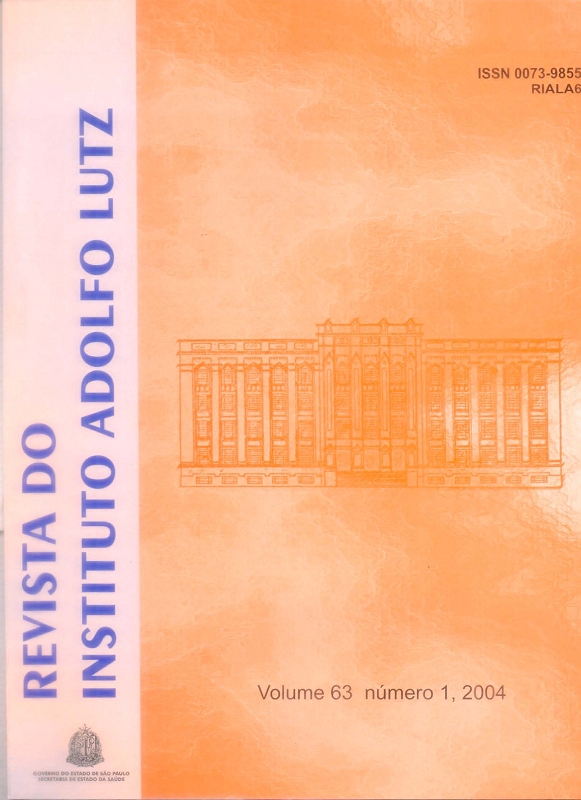Resumo
At the last decades the nosocomial infections caused
by yeasts raised significantly especially by Candida yeasts.
The infections source can be endogen or exogenous, since
spores of unicellular and multicellular are kept viable for months
and several yeasts species are found in skin and mucosa of
healthy people. In a saprophytic state yeasts are found in the
human gastrointestinal tract but the relationship between the
presence of these microorganisms and their pathology is
associated with several facts such as: number, variety of sites
colonized, effective use of antibiotics, associated infections
caused by another microorganisms and mainly disturbance due
to lack of immunity and metabolic. Yeasts in the gastrointestinal
tract can be transmitted fecal-oral direct or indirectly from an
individual to another. The transmission of a strain in a
saprophytic state to a host can result in colony followed by
infection. The infection can be serious depending on the host
conditions and the etiologic agent that includes virulent factor
and resistance to antifungal drugs. These attributes are
important to Candida albicans in which enzymes with
phospholipase activity are responsible for virulent factors.
Resistance phenotypes, otherwise it should occur more
frequently in non-albicans species. Concerning the possibility
of an endogen disease and the spread of virulent and resistant
strains, from the gastrointestinal colony, studies that contribute
to determine these agents that constitute the microbiota of
patients, are important to know the natural story of nosocomial
infections caused by yeasts. This work aims at evaluating the
intestinal tract as a source of hospital infections by yeasts
describing the remaining species in the first hours and a possible
change depending on the time that may happen to virulent
phenotypic and resistance to ant fungi. Two hundred eighty
one yeast samples from sixty-six children attended in pediatric
and semi-intensive units in 2 public hospitals located in São
Paulo and Guarulhos cities in Brazil were analyzed. The fecal
samples were collected at the first hours after and during their
arrival at the hospital. To identify the yeasts according to their
gender and species traditional methods were used, analyzing
morphological and physiological aspects. The ability to produce
enzymes phospholipase and proteinase was verified the same
way it was proposed by Price et al.1982 and Ruchel et al.1982.
The sensibility to antifungals: amphotericin B (AMB),
fluconazole (FZ), ketoconazole (CZ) e nistatin (NIS), was analyzed
by the diffusion technical by disks (CECON São Paulo, Brazil).
Resistant samples or with intermediate sensibility were confirmed
by micro-dilution method according to NCCLS (1997) modified
by EUCAST (2002). The isolated species were: Candida
tropicalis (30%), C.parapsilosis (27%), C.krusei (4%),
Trichosporon cutaneum e T.inkin (3%), Rhodotorula
mucilaginosa e R.glutinis (2%), C.guilliermondii (2%),
C.glabrata (1%) and C.kefyr (1%). Enzymatic activity was
verified in most of the 84 C.albicans samples being 96% of
phosfolipase and 95% of proteinase production. Among the
non-albicans species of Candida it was observed 97% of
phospholipase and 67% of proteinase activity. Less sensitive
samples to azoic drugs including resistant or SDD sensibility,
which depends on the achieved dose, were found in 4.3% of the
281 samples of yeast. The hugest percentage was observed in
C.krusei (90%). We can conclude that different yeast species
occur in stools of pediatric population hospitalized, including
virulent strains and antifungal resistant phenotypes. The
persistent of these phenotypes in the intestinal tract during
hospitalization period may represents a risk factor contributing
to endogen infection, or play a role in dissemination of potential
pathogens inside a nosocomial evironment.

Este trabalho está licenciado sob uma licença Creative Commons Attribution 4.0 International License.
Copyright (c) 2004 Talarico, C.
